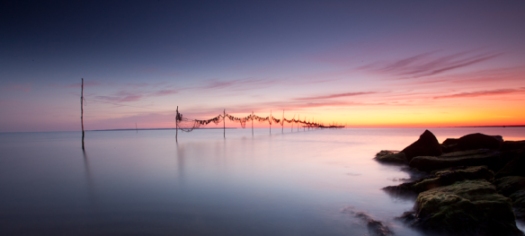I’m on the road this week for the first time in a while. There were a few back to back years where I clocked in excess of 100K miles but I haven’t done that in a while. Those years did teach me something about packing for business trips – pack as little as possible so you can carry your bag on, bring a minipower strip and have back-ups for important data and computer gear. All the obvious stuff. What people can’t teach you, and you won’t find in a book, are the things that are important to you. The small things that will make life on the road tolerable.
I have yet to develop a system that I’m happy with when it comes to packing for a photography trip. This is especially true since most of my photography takes place locally, or at least within a days drive, which means I can just put all and everything into the car without having to think to hard. When faced with a technical question I always start with Moose Peterson. Check out the videos below for comments from Moose on packing for travel.
and John Paul Caponigro on the Art of Packing and in the video below the Art of Travel



















